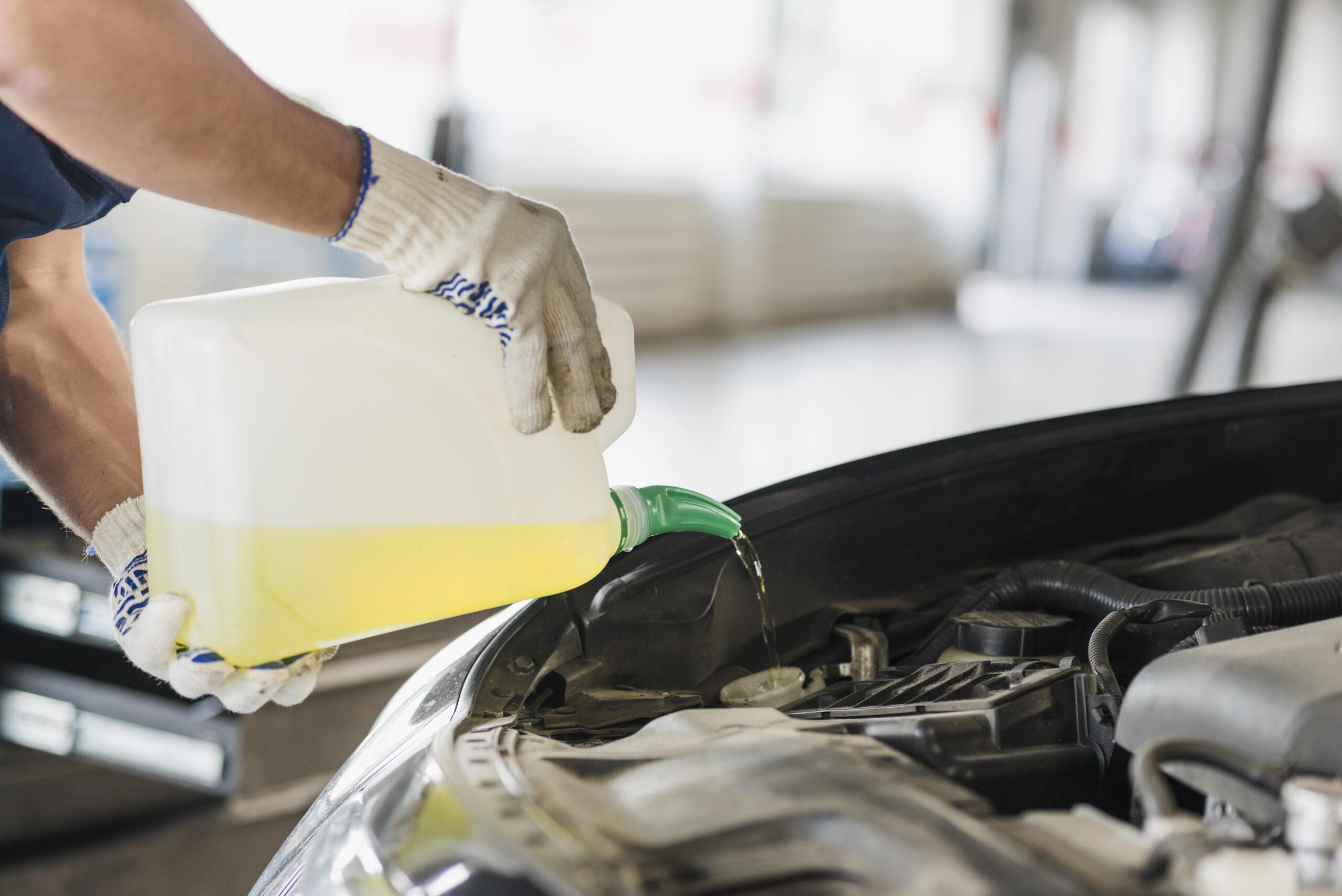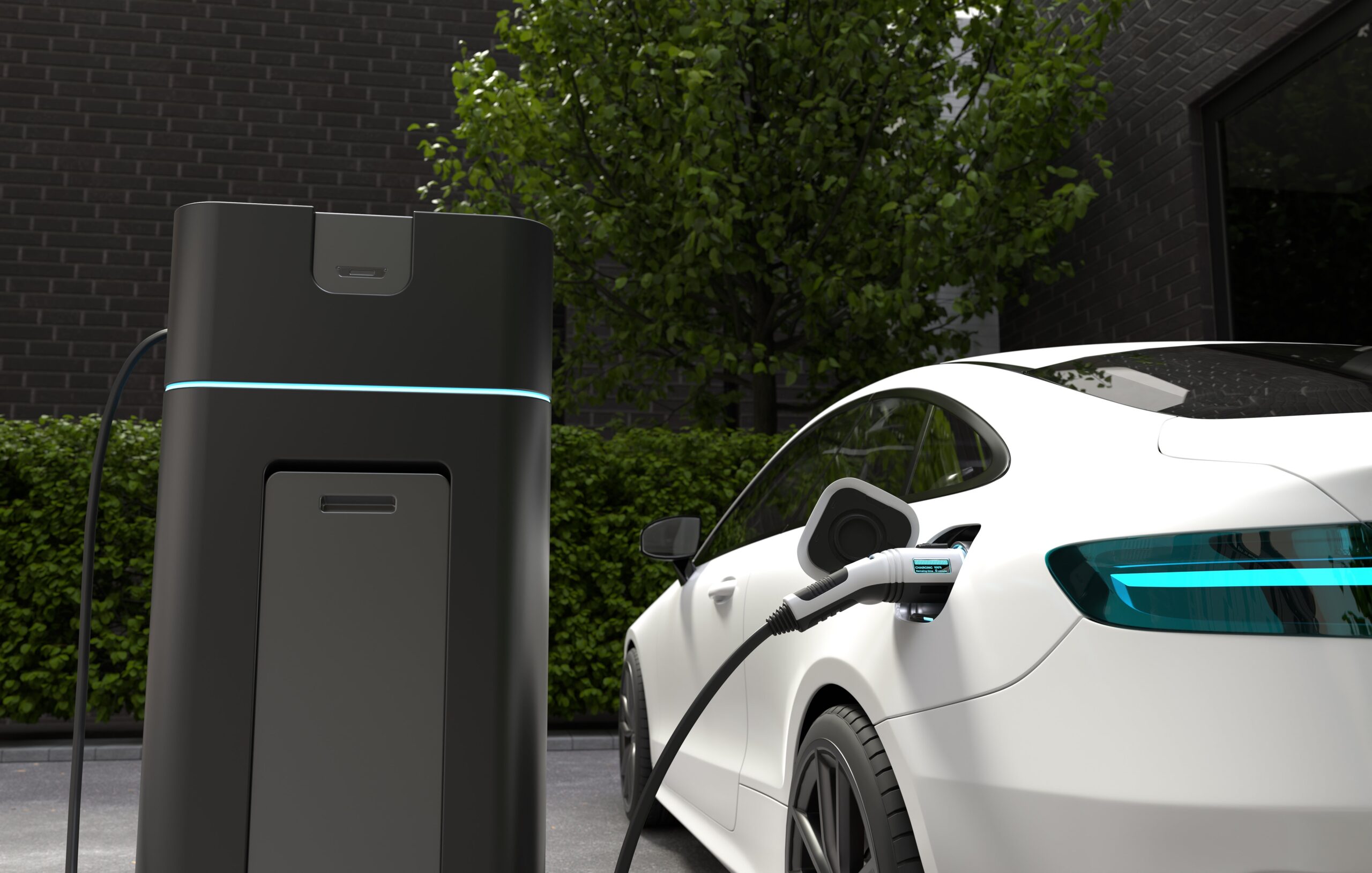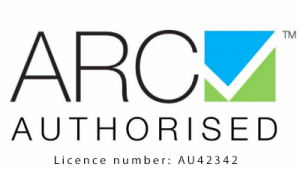Whats That Noise? Strange Car Noise Diagnosis Guide
Hearing a strange noise while driving can be unsettling—but acting quickly can save you from expensive repairs. In this guide on strange car noise diagnosis, we explain how to recognise, interpret, and respond to those unfamiliar sounds before they become serious problems.
Listen Carefully
Start by tuning out distractions—switch off the radio and roll up the windows. Pay close attention to:
-
When the noise occurs: During acceleration, braking, turning, or idling?
-
Where it seems to come from: Front, rear, left, or right?
-
What it sounds like: A squeal, rattle, clunk, grind, or hiss?
These questions help narrow down the issue and give you useful details to share with a mechanic.
Identify Common Sounds
Recognising typical noise patterns is the next step:
-
Squealing when braking could signal worn brake pads.
-
Knocking over bumps often points to a worn suspension component.
-
Clicking while turning might mean a failing CV joint.
-
Rattling underneath could be a loose exhaust or heat shield.
-
Hissing after shutdown may indicate a leaking hose.
While these symptoms are common, deeper inspection is often required to confirm the cause.
Check Basic Components
Before heading to a workshop, perform a few quick checks:
-
Under the Hood: Look for loose belts, cracked hoses, and fluid leaks.
-
Under the Vehicle: Inspect for dragging parts like a dislodged exhaust pipe.
-
Tyres and Wheels: Check for uneven wear, missing wheel nuts, or stones caught in the tread.
Sometimes, a minor issue like a loose panel or something rolling around in the boot could be the culprit.
Don’t Ignore the Noise
Hoping the sound will vanish on its own can be risky. Strange noises are early warning signs of developing mechanical issues. Left unchecked, a small repair could escalate into a much larger—and more expensive—fix.
Even if your car seems to drive normally, it’s best to get the issue inspected.
Describe It Clearly to a Mechanic
If you visit a mechanic, your description is crucial. Include:
-
The type of sound: e.g. “high-pitched squeal” or “deep grinding.”
-
When it happens: e.g. “only at low-speed braking.”
-
Where it’s coming from: e.g. “front passenger side.”
This clear feedback helps the mechanic identify and fix the issue more efficiently.
Final Thoughts
Strange car noises can be stressful, but they’re often your vehicle’s way of warning you something’s wrong. By acting early and performing a simple strange car noise diagnosis, you can avoid major repairs and keep your car running safely. If in doubt, consult a trusted mechanic for peace of mind.








